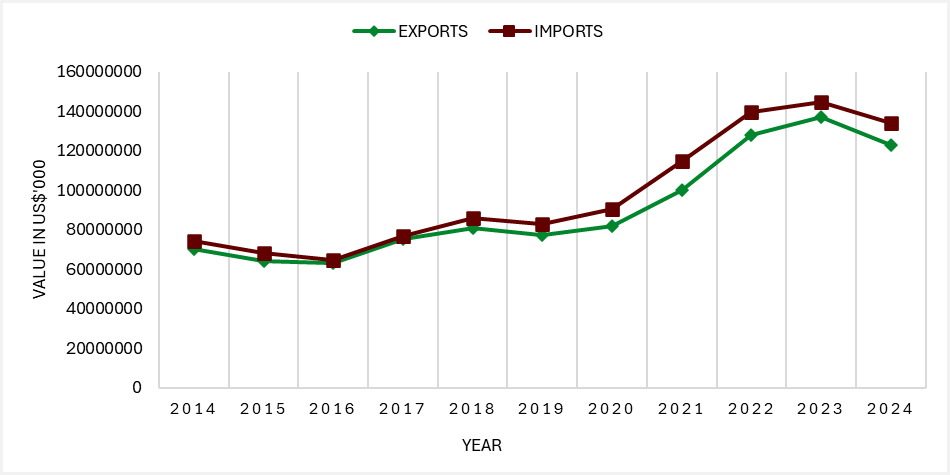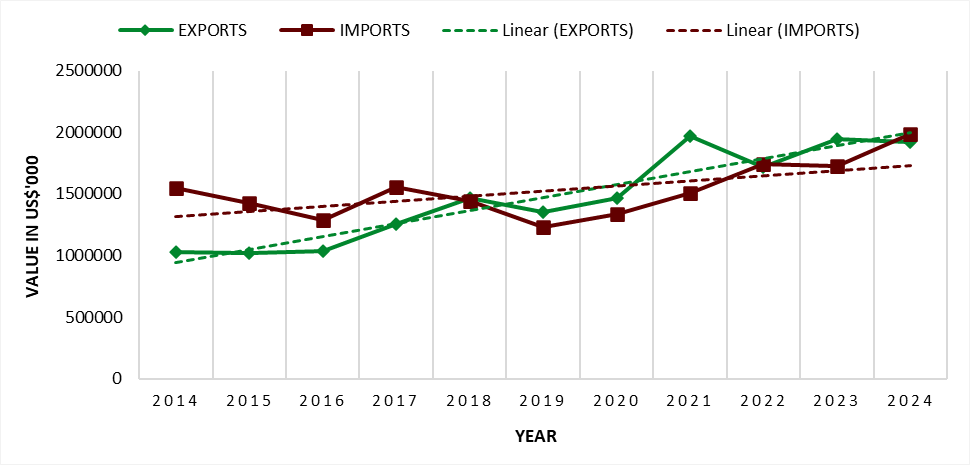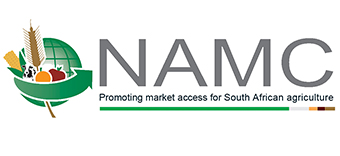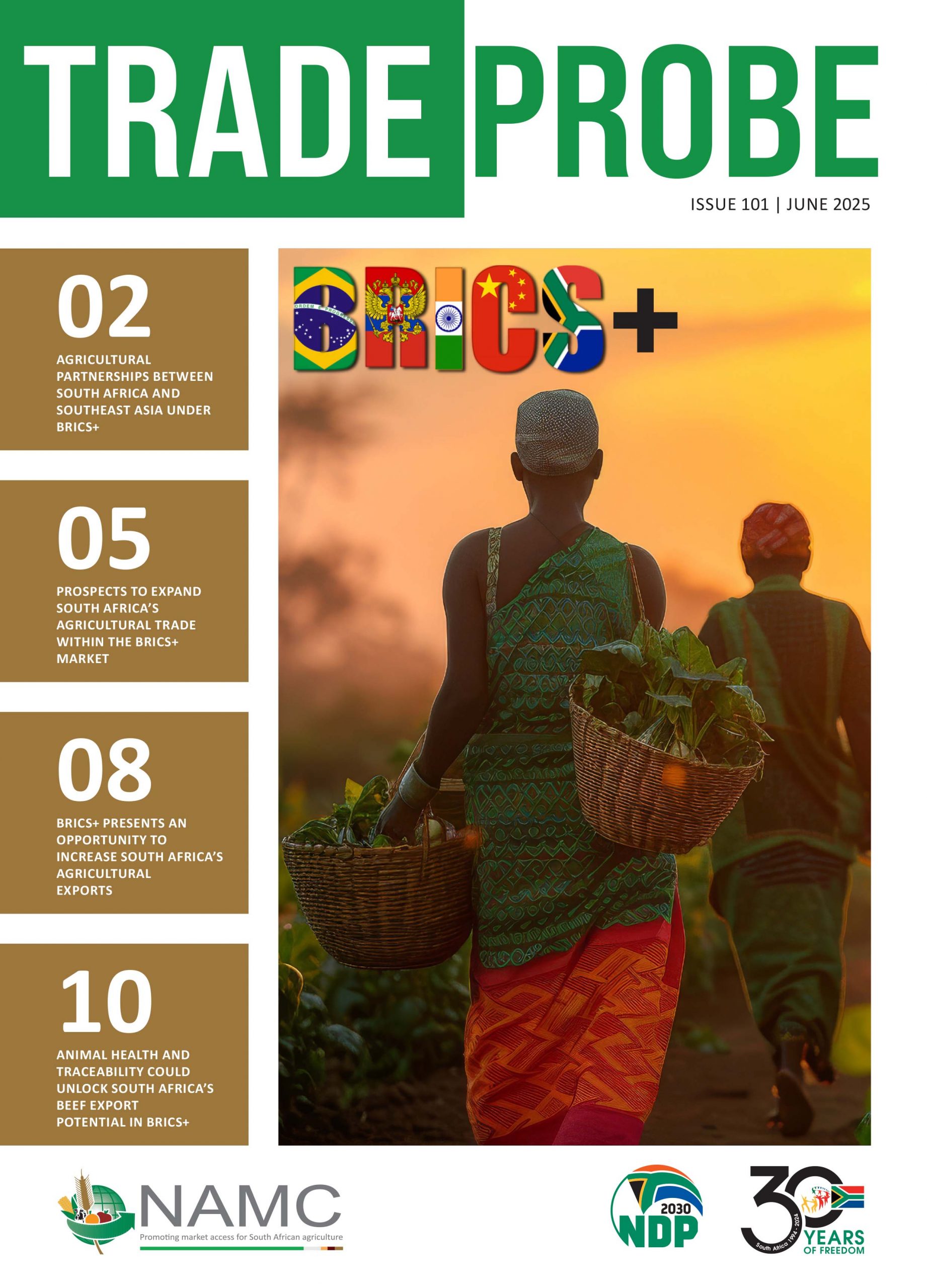PROSPECTS TO EXPAND SOUTH AFRICA’S AGRICULTURAL TRADE WITHIN THE BRICS+ MARKET
By: Bhekani Zondo
Introduction
BRICS is a political and diplomatic alliance of developing markets aimed at strengthening economic, social and political ties within its members. The alliance also aims to increase the global influence of Global South countries in its international governance (BRICS, 2025). Initially, the group consisted of five member countries, viz., Brazil, Russia, India, China, and South Africa. However, following the 2023 Summit held in South Africa, the group expanded its membership to include Egypt, United Arab Emirates (UAE), Ethiopia, and Iran. In 2023, the BRICS bloc also extended an invitation to Saudi Arabia to join this alliance; however, the Saudi government is still assessing this request.
Among the main priorities of the Brazilian presidency of the 2025 summit is to facilitate economic transactions between the member states using local currencies and promoting trade facilitation measures. This presents prospects for also expanding agricultural trade within this market. Hence, the aim of this article is to analyse the current trade trends within this market and prospect for increasing South Africa’s agricultural exports.
Intra-BRICS+ agricultural trade
In terms of the trade of agricultural products, in 2022, BRICS aggregation[1] exported a value of approximately US$382 billion, accounting for about 7% of the world exports of agricultural products; while imports were valued at about US$380 billion (8%) (Trade Map, 2025). Soya beans were the leading exported products with a share of 11% of the total exports by the BRICS member states, followed by palm oil (5%), raw sugarcane (4%), coffee (4%), frozen beef (4%), milled rice (3%), and oilcake (3%), among others. Whereas the leading imports of agricultural products by the BRICS market from the world were soya beans (15%), frozen beef (4%), food preparations (3%), palm oil (2%), raw sugar cane (2%), maize (2%), and wheat and meslin (2%), milled rice (2%), crude palm oil (2%), and cotton (2%). Figure 1 below depicts the outlook of intra-BRICS agricultural trade performance over the years from 2014 to 2024.

Figure 1: Outlook of intra-BRICS agricultural trade performance
Source: Trade Map (2024)
Agricultural trade within the BRICS member countries has increased significantly over the years. The overall value of agricultural exports increased by 76% and imports by 81% between 2014 and 2024. Although both agricultural exports and imports within this market have seen significant growth, over the years, imports always exceed exports; hence, intra-BRICS agricultural trade always has a negative trade balance. In 2024, the trade balance of intra-BRICS agricultural trade was negative US$11.2 billion. China is currently the leading importer of agricultural products within this market, accounting for a share of 52% of overall imports within the BRICS countries followed by India (10%), Saudi Arabia (9%), and UAE (8%), Indonesia (8%), and Russia (5%). Whereas the leading exporters of agricultural products are Brazil (53%), Indonesia (14%), India (10%), China (8%), and Russia (8%).
The leading traded commodities within these countries are soya beans, frozen boneless beef, raw sugarcane, palm oil, frozen chicken meat, maize, milled rice, oilcake, crude sunflower oil, and cotton, among others.
South Africa’s agricultural trade within BRICS+
Figure 2 below illustrates South Africa’s agricultural trade performance within BRICS. The data depicts that both South Africa’s agricultural exports and imports have been exhibiting a positive trajectory over the period under consideration. South Africa’s agriculture exports grew by 86% between 2014 and 2024 while imports grew by 28%. Between 2014 and 2017 recording negative trade balance with imports exceeding exports to the region. However, from 2018 to 2021 and 2023, South Africa’s value of agricultural exports exceeded the value of imports from this market. Although, the country recorded a negative trade balance in 2024, over the years the rate of growth of agricultural exports exceeds that of imports. Hence, the notable decline in trade balance. South Africa’s main exported agricultural products to the BRICS market are oranges, wool, nuts, soft citrus, macadamia, pome fruits, lemons, grapes, grapefruits, boneless beefs (fresh, chilled or frozen), among others.

Figure 2: Outlook of South Africa’s agricultural trade performance within the BRICS market
Source: Trade Map (2024)
Conclusion
The expansion of the BRICS alliance with the addition of new members presents promising opportunities for South Africa to deepen and diversify its agricultural trade. With this market showing robust growth in intra-member state agricultural trade and a clear agenda to promote local currency transactions and trade facilitation, South Africa stands to benefit from enhanced market access and reduced trade barriers. South Africa’s agricultural exports have exhibited a strong upward trajectory, outgrowing import growth and indicating growing competitiveness in the region. South Africa is a key exporter of some of the high demand commodities within this market; these are: soya beans, frozen boneless beef, raw sugarcane, maize, and cotton. Therefore, by leveraging its strengths in these key export commodities and aligning with the evolving trade dynamics of the BRICS+ market, South Africa is well positioned to expand its agricultural footprint and contribute meaningfully to the bloc’s regional economic integration and prosperity.
[1] Including Saudi Arabia although not having formally joined the bloc


